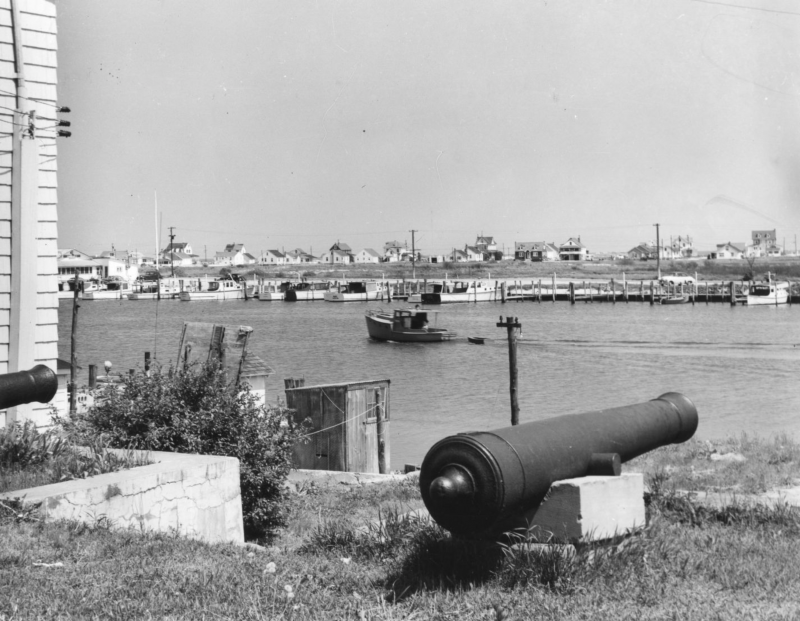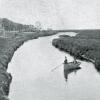Lewes’ 1812 Park commemorates British bombardment
Lewes’ 1812 Park commemorates the defense of the First Town in the First State during an 1813 bombardment by the British as part of the War of 1812. This undated image was taken much later than those events, but it still shows a different time in Lewes, when very little development was present on the beach side of the Lewes-Rehoboth Canal.
The following describes the bombardment of Lewes as described on a historic marker installed in 1812 Park in 2003.
“In March of 1813, the Royal Navy established a blockade of the Delaware Bay and River. The British squadron, under the command of Commodore John P. Beresford, RN, took up stations off Lewes and the Delaware Capes, and began to conduct raids along the coast in an effort to disrupt maritime commerce and shipping. Many small actions resulted in numerous vessels being captured and destroyed. On this location was one of two fortifications that were built to protect the town of Lewes. These earthworks mounted several cannons and were manned by the militia under the command of Col. Samuel Boyer Davis. After Delaware authorities refused a demand to provide supplies, the British ships took up bombardment positions off the town. From April 6 into April 7, Lewes was shelled for 22 hours, with the British firing as many as 800 projectiles into the town. This was the first use of the Congreve rocket against the Americans during the War of 1812. The naval fire was successful in striking and damaging the fortifications and many buildings in the town. Although short of ammunition, the American batteries were able to effectively reply and cause damage to enemy vessels. On April 7, the British withdrew to more distant positions. They continued to maintain the blockade until 1815.”



















































